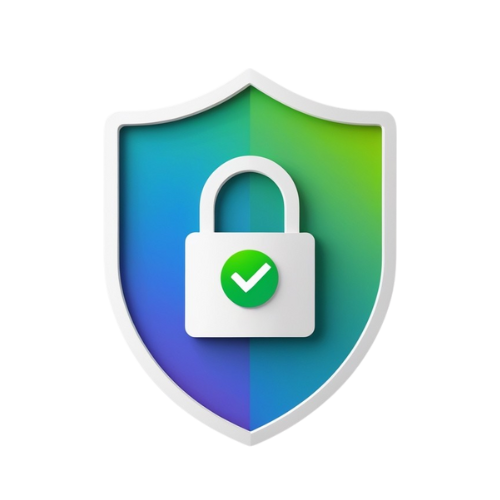Understanding Privacy Settings
Privacy settings are the controls that determine who can see your information and how your data is used. Taking the time to understand and configure these settings is essential for protecting your privacy online.
Browser Privacy Settings
Modern browsers offer various privacy features that can help protect your online activities:
- Block third-party cookies to prevent tracking across websites
- Use private/incognito browsing when needed
- Clear browsing history and cookies regularly
- Disable location tracking when not needed
- Consider using a privacy-focused browser extension
App Permissions Management
Mobile apps often request access to various features on your device. Regularly review and manage these permissions:
- Review app permissions in your device settings
- Only grant permissions that are necessary for app functionality
- Revoke unnecessary permissions from existing apps
- Be cautious of apps requesting excessive permissions
Privacy Tip
Set a calendar reminder to review your privacy settings every three months. Technology and privacy policies change frequently, and regular reviews help ensure your information remains protected.
Social Media Privacy Checkup
Social media platforms collect vast amounts of personal data. Here's how to manage privacy on popular platforms:
- Use Privacy Checkup tool
- Limit past posts visibility
- Review tagged photos
- Control ad preferences
- Set account to private
- Manage Close Friends list
- Control story sharing
- Review connected apps
- Protect your tweets
- Disable location tagging
- Control direct messages
- Manage data sharing
TikTok
- Set account to private
- Control comments
- Manage duet/stitch settings
- Review connected accounts
Managing Your Digital Footprint
Your digital footprint is the trail of data you leave behind when using the internet. This includes social media posts, comments, photos, and information collected about your online activities.
Understanding Your Current Footprint
Before you can manage your digital footprint, you need to understand what information is already out there:
- Search for yourself on different search engines
- Check people-search websites for your information
- Review your social media presence from a public perspective
- Check data broker sites that may have your information
Removing Unwanted Content
If you find information you'd prefer not to be public, there are several approaches to address it:
- Delete old social media posts and photos
- Request removal from people-search websites
- Contact website owners to remove personal information
- In some regions, exercise "right to be forgotten" laws
- Use professional reputation management services if needed
Remember
The internet has a long memory. Even after removing content, copies may exist in archives or have been saved by others. The best approach is to be mindful about what you share in the first place.
Data Protection Strategies
Protecting your personal data requires a multi-layered approach that addresses how your information is stored, shared, and secured.
Secure Data Storage
How and where you store your data significantly impacts your privacy and security:
- Use encrypted cloud storage services
- Enable device encryption on computers and phones
- Create regular backups of important data
- Use secure password management for sensitive documents
- Consider offline storage for highly sensitive information
Encryption Basics
Encryption converts your data into a code that can only be accessed with the correct key, providing an essential layer of protection:
- Use end-to-end encrypted messaging apps
- Enable full-disk encryption on your devices
- Use a VPN when connecting to public Wi-Fi
- Look for HTTPS when browsing websites
- Consider encrypted email services for sensitive communications
Safe File Sharing
When sharing files with others, take precautions to maintain privacy and security:
- Use secure file-sharing services with encryption
- Set expiration dates for shared links when possible
- Password-protect sensitive documents
- Verify recipient identity before sharing sensitive information
- Consider the security practices of those you share with
Regular Privacy Audit Checklist
Conducting regular privacy audits helps ensure your digital life remains secure and your personal information protected. We recommend performing this audit every three to six months.
Account Security Review
- Update passwords for important accounts
- Enable two-factor authentication where available
- Review account recovery options and keep them updated
- Check for and remove unused or forgotten accounts
- Review third-party apps with access to your accounts
Social Media Checkup
- Review and update privacy settings on all platforms
- Check tagged photos and posts
- Review friend/follower lists and remove unwanted connections
- Delete or archive old posts that no longer represent you
- Review location sharing settings
Device and Browser Cleanup
- Clear browsing history, cookies, and cached data
- Update operating systems and applications
- Review app permissions on mobile devices
- Uninstall unused applications
- Check for and install security updates
Privacy Audit Tool
Consider creating a personal privacy calendar with reminders for regular audits. You can use our downloadable privacy audit template available in the Resources section to help track your progress.
